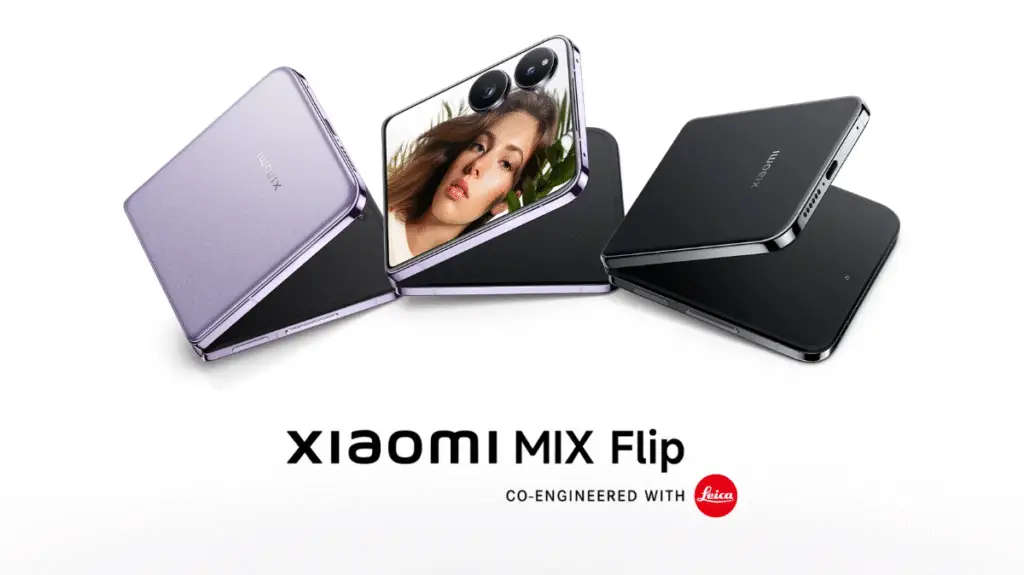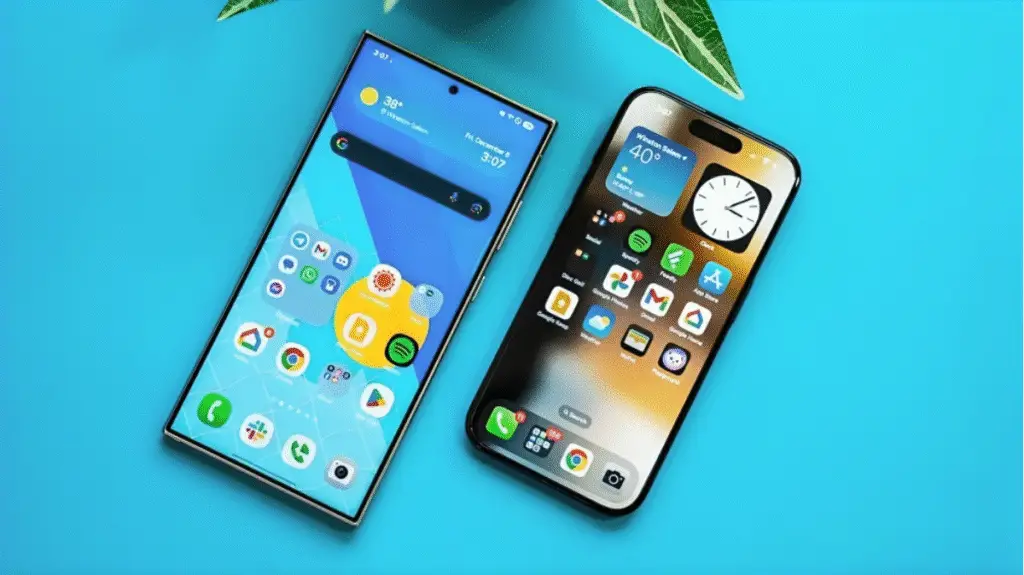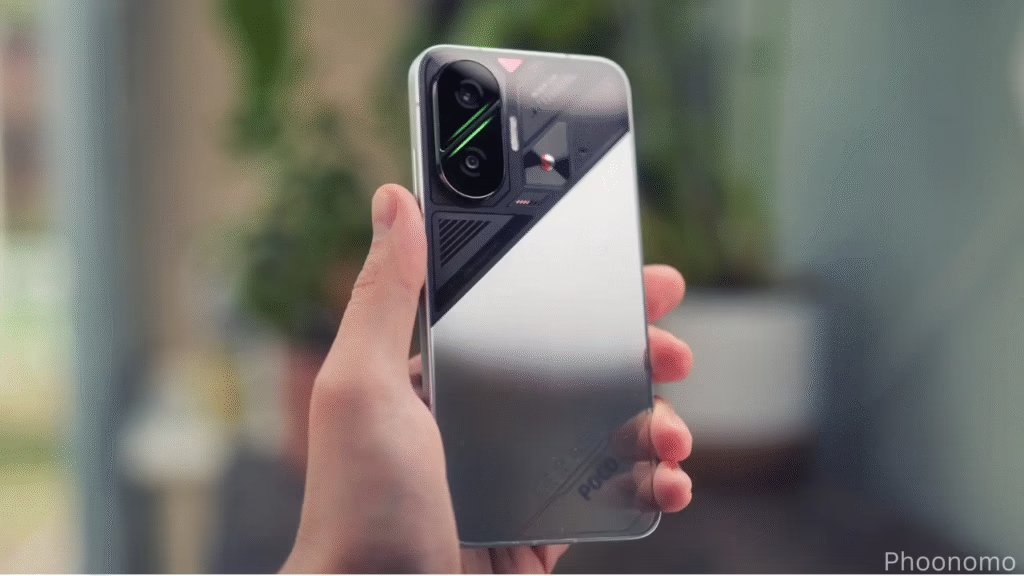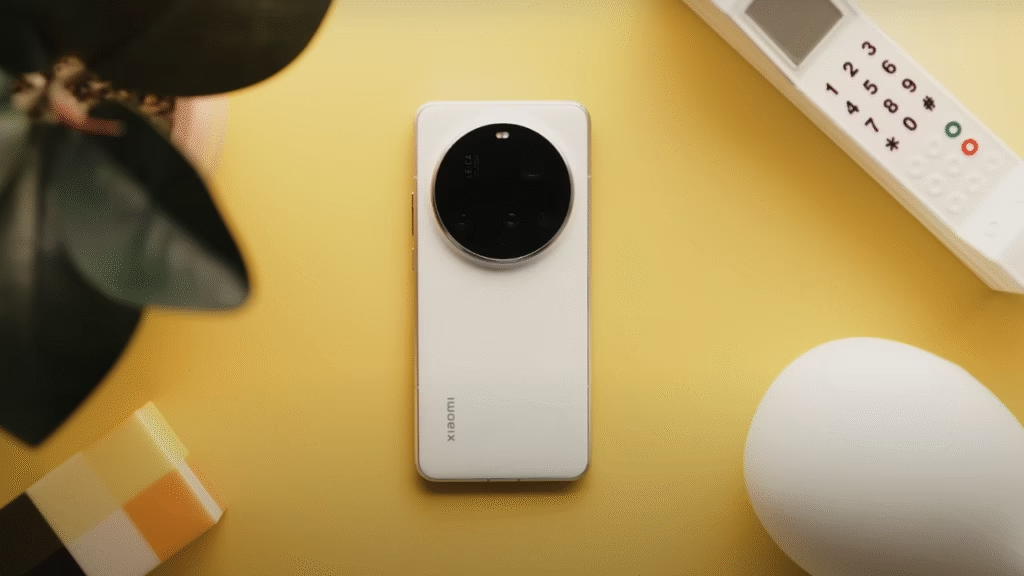Okay, let’s not waste timeif you’ve been scrolling through tech sites trying to pick between the Xiaomi Civi 4 Pro vs Redmi Turbo 3, you’re probably already confused. Specs look similar, prices are different, and both sound “flagship-ish” without actually being flagships. I used both recently (yeah, I switch phones way too often), so here’s the breakdownreal talk, no copy-paste reviews.
Design & Feel
Let’s start with what you see first. Civi 4 Pro? It’s a stunner. Super slim at 7.5mm, light (around 178g), and it comes with that fancy Gorilla Glass Victus 2. You’ve also got options like glass or eco-leather back, and the aluminum frame makes it feel premiumalmost too premium for the price.
Now the Redmi Turbo 3… well, it’s not ugly. But it’s definitely built more for function than flair. A bit taller and wider, and made with plastic on the back and frame. It’s still protected with Gorilla Glass Victus up front and gets IP64 splash resistance, which is nice.
Verdict: Civi wins on feel and finish. Turbo feels solid but not “luxury.”
Display
Both phones go all in on display quality.
- Civi 4 Pro: 6.55″ AMOLED, 68B colors, Dolby Vision, HDR10+, and a crazy 3000 nits peak brightness.
- Turbo 3: 6.67″ AMOLED, also 68B colors, Dolby Vision, HDR10+, with 2400 nits peak brightness.
Honestly, they both look fantastic. Civi’s screen is slightly smaller but sharper (460 ppi vs 446), and the colors just look a bit more vibrantprobably because of the Leica tuning and its overall polish. Turbo’s display is flat, big, and easy on the eyes too, especially for games and media.
Verdict: Tie, unless you prefer curved + compact (Civi) or flat + big (Turbo).
Performance
Both devices are running on the Snapdragon 8s Gen 3 (4nm) chipset. That means fast is an understatement. Apps fly, multitasking is smooth, and even gaming doesn’t break a sweat.
The Civi 4 Pro and Turbo 3 use the exact same CPU and GPU combo, so the experience is almost identical. The only real-world difference? Turbo 3 has a bigger battery, so it runs longer while gaming.
Also, both come with UFS 4.0 storage and up to 16GB RAM, so you’re future-proofed.
Verdict: Tie in raw power, Turbo edges out for longer gaming.
Cameras
This is where Civi 4 Pro shines. Triple rear camera setup:
- 50MP wide with OIS
- 50MP telephoto with 2x zoom
- 12MP ultra-wide
Plus Leica color science, dual-LED flash, and some ridiculous video features: 4K at 60fps, HDR10+, 10-bit color, and even 720p at 1920fps slow-mo. Seriously.
Front cam? Dual 32MP sensors (wide + ultrawide). Best selfie came in any mid-ranger, hands down.
Turbo 3, meanwhile, gives you a decent dual setup:
- 50MP main (OIS)
- 8MP ultra-wide
Selfie cam is 20MP. Nothing to complain about but nothing to brag about either.
Verdict: Civi wins by a mile. Content creators, this is your phone.
Battery & Charging
- Turbo 3: 5000mAh, 90W charging
- Civi 4 Pro: 4700mAh, 67W charging
Turbo’s got the edge here. I got almost 1.5 days on moderate use. Civi gets you through the day easily, but heavier days (camera, video, games) mean you’ll be hunting a charger by night.
Both charge ridiculously fast, though 30-40 minutes to full.
Verdict: Turbo 3 wins this round.
Audio, Connectivity & Extras
Both phones have stereo speakers, no headphone jack (of course), Hi-Res audio support (wired & wireless), NFC, IR blaster, under-display fingerprint sensors, and USB-C 2.0.
Turbo 3 supports aptX HD and Adaptive codecs, which is great for audiophiles using wireless gear. Civi leans more on Leica and design.
Verdict: Practically the same, Turbo edges ahead for Bluetooth audio buffs.
Price
- Civ 4 Pro: About €380
- Redmi Turbo 3: Just €260
So yeah, if you’re on a tight budget, the Turbo 3 is a steal. Same processor, bigger battery, still looks decent, and performs like a champ.
But for a little more, the Civi 4 Pro gives you that “flagship feel,” much better cameras, premium build, and a standout selfie experience.
Verdict: Turbo for value, Civi for style + camera.
Final Thoughts
After using both, here’s the real advice:
Buy the Xiaomi Civi 4 Pro if:
- You care about design, selfies, and camera quality
- You post on Instagram or shoot a lot of video
- You want something slim, stylish, and premium-looking
Buy the Redmi Turbo 3 if:
- You want max performance and battery life for less
- You’re a gamer or power user on a budget
- You don’t care about fancy camera features
FAQs
Which phone is better overall, Civi 4 Pro or Redmi Turbo 3?
It depends on what you care about. If you want better cameras, a more premium design, and amazing selfies, go for the Civi 4 Pro. But if performance, battery life, and price matter more, the Redmi Turbo 3 is a fantastic deal.
Is the camera quality better on the Civi 4 Pro than Turbo 3?
Yes, definitely. The Civi 4 Pro has Leica-tuned triple cameras and dual selfie lenses that shoot excellent photos and videos. The Turbo 3 camera is decent, but not in the same league.
Which phone has better battery life?
The Redmi Turbo 3 wins here. It packs a 5000mAh battery versus the 4700mAh in the Civi 4 Pro, and it also supports faster 90W charging.
Do both phones have the same performance?
Pretty much, yes. Both are powered by the Snapdragon 8s Gen 3, with up to 16GB RAM and UFS 4.0 storage. In daily use, they feel equally fast.
Can I use these phones for gaming?
Absolutely. Both can handle popular games like PUBG, COD Mobile, and Genshin Impact easily. The Turbo 3 is slightly better for long gaming sessions due to its bigger battery and flat display.
Do either of these phones support 5G?
Yes, both the Xiaomi Civi 4 Pro and Redmi Turbo 3 support full 5G connectivity.
Is there a memory card slot in either device?
No, unfortunately, neither phone has a microSD card slot. But with up to 1TB storage available on the Turbo 3, you might not need it.
Are these phones water-resistant?
The Redmi Turbo 3 has IP64 splash resistance, while the Civi 4 Pro doesn’t have an official IP rating.
Follow Phoonomo to never miss an update



